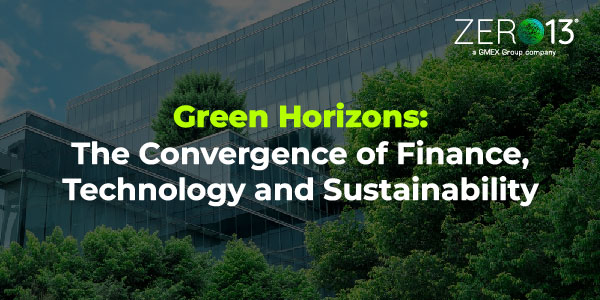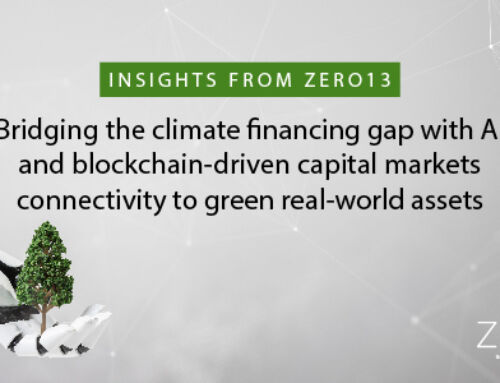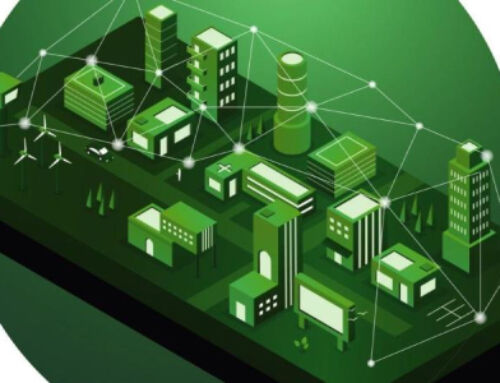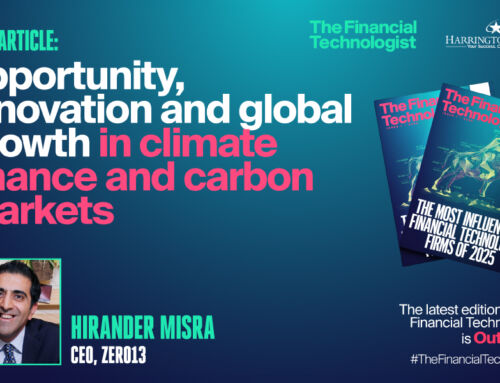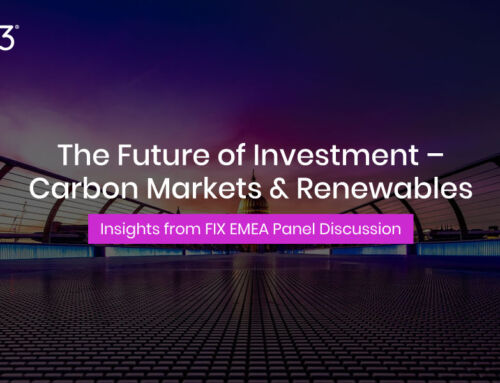By ZERO13, a GMEX Group Company
Last month, ZERO13 along with Datapod, IOSS Solutions, and Stone Mattered convened a high-level roundtable discussion that brought together leading experts in climate finance and technology to address the pressing issue of the multi-trillion-dollar financing gap in climate markets – a challenge that stands as one of the most significant hurdles in our global fight against climate change. The conversation delved deep into innovative solutions and strategic actions necessary to bridge this gap, with a strong emphasis on leveraging technology to drive sustainability and build trust in carbon markets.
The Climate Financing Gap: A Daunting Challenge
The scale of investment required to meet global climate goals is staggering, with the financing gap estimated by the likes of the World Bank and the World Economic Forum to be trillions of dollars per annum. The roundtable discussion shed light on the inadequacy of traditional financial systems to meet these demands, highlighting the urgent need for new financial instruments and advanced technologies to mobilise capital at a scale never before seen in history.
One of the participants emphasised the critical importance of rethinking our entire approach to this issue, advocating for the development of innovative structured financial products that could bundle carbon assets and list them on exchanges. This approach could potentially unlock vast pools of capital by making climate investments more accessible and attractive to a broader range of investors.
Technology as a Catalyst for Transformation
A central theme of the roundtable was the transformative potential of technology in climate finance. An expert in blockchain ecosystems presented a compelling case for how blockchain technology can play a pivotal role in ensuring the integrity and transparency of carbon markets. Blockchain’s unique ability to provide secure, verifiable records from ‘source to sale’ is a crucial factor in building trust and maintaining high standards in the market. This immutable trail of data could effectively address concerns about double-counting and greenwashing, ensuring that each carbon credit represents a genuine reduction in emissions.
Moreover, blockchain technology was highlighted as a potential solution to the fragmentation that currently plagues the carbon market. The current landscape, with its multiple providers and standards, creates unnecessary complexity and hinders market efficiency. By creating a unified, transparent system, blockchain can help streamline processes, reduce transaction costs, and make the market more accessible to a broader range of participants, from large corporations to small-scale project developers in developing countries. Interoperability between different blockchain ecosystems and traditional systems, which typically use Application Programming Interfaces (APIs) to connect, was also cited of essential importance.
Collaboration and Standardisation: Essential for Progress
The importance of collaboration across sectors and geographies emerged as another key point of discussion. One participant, drawing on extensive experience in designing technology systems for financial markets, emphasised the critical need for interoperability and the development of a common domain model that can map standards and regulations across different jurisdictions, creating a more cohesive global carbon market. This approach would democratise the carbon market, allowing more participants to engage effectively and securely. By breaking down silos and creating a common language for carbon assets, the market could become more liquid, efficient, and capable of channelling finance to where it’s needed most.
In addition to interoperability, there was a strong call for better aggregation of carbon credit data from various registries onto public blockchain platforms. This move towards greater transparency would give investors more confidence in the integrity and provenance of the carbon credits they are purchasing, potentially unlocking more capital for climate projects.
High-Integrity Carbon Credits and Building Trust
The integrity of carbon credits was another critical topic. Speakers unanimously emphasised the need for good provenance and high standards in carbon credit issuance. It was highlighted that for the market to function effectively and attract the necessary scale of investment, there must be consistent value and trust in the credits, regardless of their origin. In fact, digital measurement, reporting and verification (dMRV) to collect data and standardised blockchain technology to store it with provenance could ensure that all carbon credits are verifiable, traceable, and meet rigorous quality standards, effectively addressing concerns about the variability in credit quality.
Overcoming Challenges with Inclusivity and Clarity
Building trust in carbon markets, is a significant challenge. The discussion stressed the importance of inclusivity and clear communication in democratising climate markets. Many stakeholders, particularly in emerging markets where many carbon projects are based, may not fully understand the complexities of carbon credit verification processes, which can create barriers to entry.
To overcome these challenges, the speakers advocated for educational initiatives and clearer communication strategies. Making the market more accessible and understandable would help draw in a broader range of participants and scale up the necessary investments to address the climate crisis, and partnering with local organisations in developing countries would build capacity and understanding of carbon markets.
Moving Forward: Strategic Action
The discussion concluded with several strategic actions aimed at addressing the financing gap and enhancing the efficiency of climate markets:
- Exploring structured financial products: to attract more investment, there is a need to explore financial products that bundle carbon assets and can be traded on exchanges. This could include carbon-backed bonds or carbon credit exchange-traded funds (ETFs).
- Improving data transparency: aggregating carbon credit data on public blockchain platforms can significantly enhance transparency and investor confidence. This could involve creating a global carbon credit registry that provides real-time, verifiable data.
- Developing a common domain model: creating a unified model for standards and regulations will help democratise the carbon market and facilitate smoother operations across different jurisdictions. This could be achieved through collaboration between market participants, regulators, and technology providers.
- Promoting interoperability: connecting different technologies and solutions in a more interoperable way will reduce fragmentation and increase the market’s overall efficiency. This might involve developing common APIs or protocols for carbon market transactions as well as connectivity across multiple blockchains.
- Leveraging artificial intelligence (AI): exploring the use of AI in improving the measurement, reporting, and verification (MRV) processes by way of a digital approach for carbon projects, potentially reducing costs and increasing accuracy.
Conclusion: A Collaborative Path Forward
The discussion highlighted that while the financing gap in climate markets is a significant challenge, it also presents an unprecedented opportunity to innovate and collaborate. By leveraging technology, standardising processes, and fostering inclusivity, it is possible to create a more sustainable, efficient, and equitable climate finance system.
The insights from this discussion point to a future where technology and collaboration can drive meaningful progress in addressing the climate crisis. The scale of the climate challenge demands nothing less than a complete reimagining of our financial systems. With the right tools, partnerships, and determination, we can create a market that not only meets our climate goals but also drives sustainable development worldwide.
The path forward will require continued dialogue, innovation, and cooperation among all stakeholders. But as this roundtable demonstrated, there is no shortage of ideas, expertise, and commitment to making this vision a reality. The future of our planet may very well depend on our ability to bridge this financing gap, and discussions like these are crucial steps in that direction.

